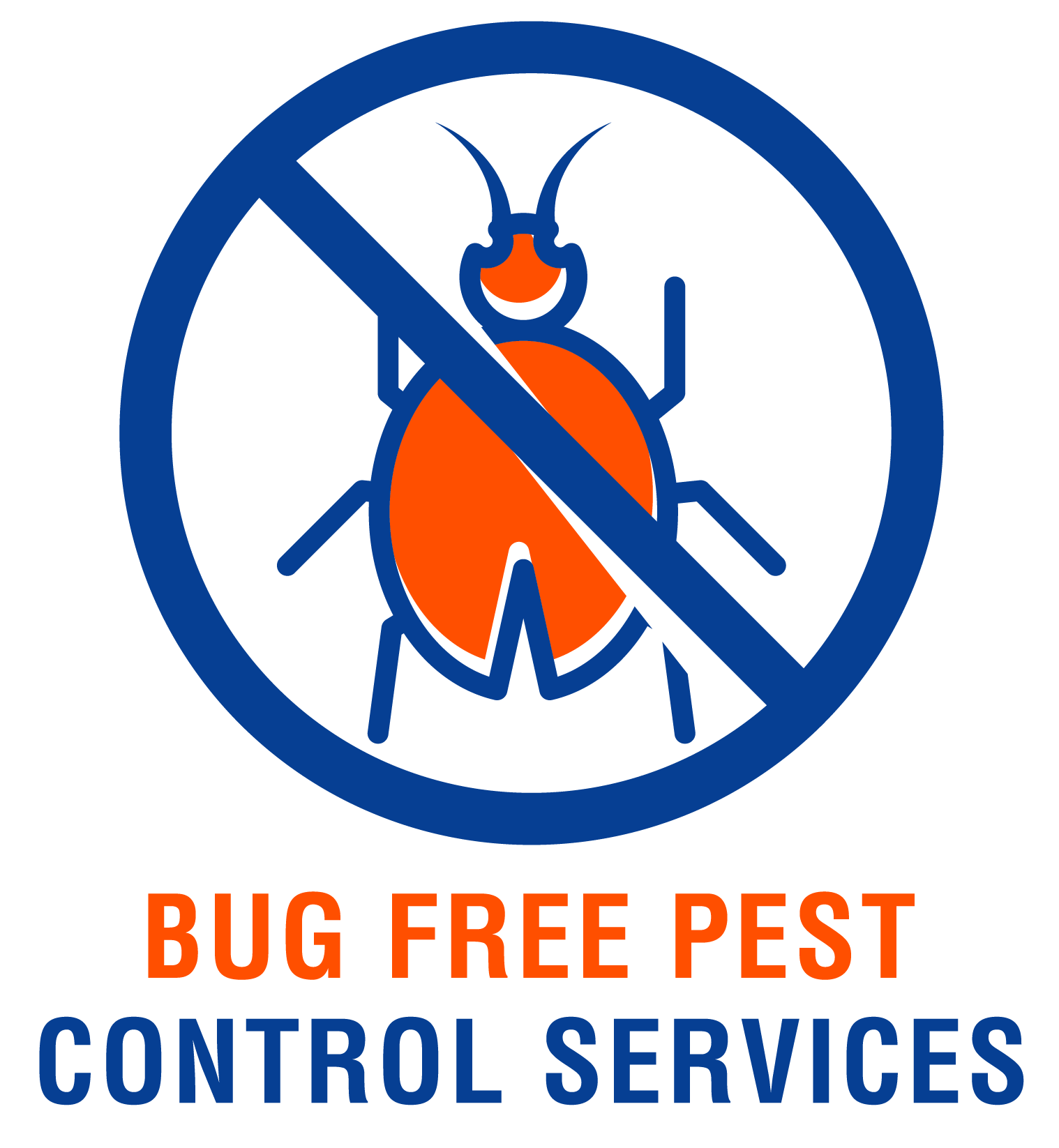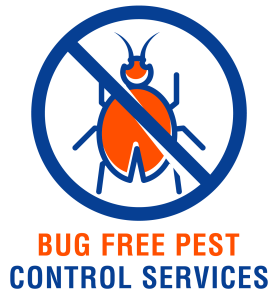In this article, you will discover effective pest control solutions specifically tailored for food processing facilities. Ensuring a pest-free environment is crucial in maintaining the integrity and safety of food products. By implementing proactive pest control measures, you can protect your facility from contamination and uphold strict industry standards. Learn how to effectively prevent and manage pest infestations to safeguard your business and reputation. Have you been struggling to keep pests out of your food processing facility? You’re not alone! In this article, you will discover effective pest control solutions to ensure the safety and cleanliness of your facility. Let’s dive in!
Understanding the Importance of Pest Control in Food Processing Facilities
When it comes to food processing facilities, pest control is not just a matter of cleanliness; it’s a matter of safety. Pests such as rodents, cockroaches, and flies can carry harmful bacteria and diseases that can contaminate your products and put your customers at risk. Implementing effective pest control measures is essential to maintaining a hygienic environment and complying with health regulations.
Why is pest control necessary in food processing facilities?
Pests are not only a nuisance, but they also pose serious health risks. They can contaminate food products, damage equipment, and spread diseases. By implementing proper pest control measures, you can protect your products, employees, and customers from potential harm.
Common Pests Found in Food Processing Facilities
Before you can effectively control pests in your facility, it’s essential to understand the most common offenders. Here are some of the most common pests found in food processing facilities:
| Pest | Description |
|---|---|
| Rodents | Rodents such as mice and rats are notorious for gnawing through packaging and contaminating food products. They also carry diseases that can be transmitted to humans. |
| Cockroaches | Cockroaches are known to carry pathogens and allergens that can contaminate food products and pose health risks to humans. They are difficult to eradicate once they infest a facility. |
| Flies | Flies are attracted to food sources and can spread bacteria and other pathogens through contact with food products. They can also lay eggs in food, leading to infestations. |
Understanding the behavior and habits of these pests can help you develop targeted pest control strategies that are effective in keeping them at bay.
Integrated Pest Management (IPM) Approach
One of the most effective ways to control pests in food processing facilities is through an Integrated Pest Management (IPM) approach. IPM is a holistic and sustainable approach to pest control that focuses on prevention, monitoring, and control strategies to reduce pest populations.
What is Integrated Pest Management (IPM)?
IPM is a science-based approach to pest management that combines biological, cultural, physical, and chemical control methods to minimize pest populations and their impact on the environment. By using IPM, you can reduce the reliance on chemical pesticides and create a more sustainable pest control program.
How can you implement an IPM approach in your facility?
To implement an IPM approach in your facility, follow these steps:
- Inspection: Conduct regular inspections of your facility to identify pest hotspots and entry points.
- Identification: Identify the types of pests present in your facility and their behavior patterns.
- Prevention: Implement preventive measures such as sealing cracks and crevices, maintaining proper sanitation, and storing food properly.
- Monitoring: Use traps, bait stations, and other monitoring tools to track pest activity and population levels.
- Control: Implement control measures such as biological controls, mechanical traps, and targeted pesticide applications to reduce pest populations.
By following these steps, you can create a comprehensive pest control program that effectively targets pests and prevents infestations.
Best Practices for Pest Prevention in Food Processing Facilities
Prevention is key when it comes to pest control in food processing facilities. By implementing best practices for pest prevention, you can reduce the likelihood of infestations and keep your facility clean and safe.
What are some best practices for pest prevention?
Here are some best practices for pest prevention in food processing facilities:
- Maintain Proper Sanitation: Clean and sanitize your facility regularly to remove food sources and breeding grounds for pests.
- Seal Entry Points: Seal cracks, crevices, and gaps in your facility to prevent pests from entering.
- Store Food Properly: Store food products in airtight containers and off the ground to prevent contamination and infestations.
- Dispose of Waste Properly: Properly dispose of food waste and garbage to eliminate food sources for pests.
- Train Employees: Educate your employees on the importance of pest control and proper sanitation practices to prevent infestations.
By incorporating these best practices into your pest control program, you can create a pest-free environment that promotes food safety and compliance with health regulations.
Chemical Pest Control Methods
While prevention is the best approach to pest control, there are times when chemical control methods are necessary to address severe infestations. When using chemical pesticides in food processing facilities, it’s crucial to follow strict guidelines to ensure the safety of your products and employees.
What are some common chemical pest control methods?
Here are some common chemical pest control methods used in food processing facilities:
| Chemical Pest Control Method | Description |
|---|---|
| Insecticides | Insecticides are chemicals designed to kill insects by disrupting their nervous system or other essential functions. They are often used to control pests such as cockroaches and ants. |
| Rodenticides | Rodenticides are toxic baits used to control rodent populations in facilities. They are typically placed in bait stations to prevent accidental exposure to humans and non-target animals. |
| Disinfectants | Disinfectants are chemicals used to kill bacteria, viruses, and other pathogens on surfaces in food processing facilities. They are essential for maintaining a hygienic environment. |
When using chemical pesticides, it’s essential to follow label instructions, store them properly, and apply them according to regulations to prevent contamination of food products.
Non-Toxic Pest Control Alternatives
If you’re looking for non-toxic pest control alternatives to chemical pesticides, there are several options available that are safe for food processing facilities and the environment. These alternatives can be just as effective in controlling pests without the use of harmful chemicals.
What are some non-toxic pest control alternatives?
Here are some non-toxic pest control alternatives to consider for your food processing facility:
- Biological Controls: Biological controls use natural predators or parasites to target and control pest populations. For example, baculoviruses are a type of biological control used to control caterpillar pests.
- Mechanical Traps: Mechanical traps such as glue boards, snap traps, and ultraviolet light traps can effectively capture and eliminate pests without the use of chemicals.
- Physical Barriers: Physical barriers such as screens, nets, and air curtains can prevent pests from entering your facility and contaminating food products.
- Heat Treatments: Heat treatments can be used to eliminate pests such as bed bugs and stored product pests without the use of chemical pesticides.
By incorporating non-toxic pest control alternatives into your pest management program, you can reduce the reliance on chemical pesticides and create a safer environment for your products and employees.
Pest Control Maintenance and Monitoring
Once you have implemented pest control measures in your food processing facility, it’s essential to regularly maintain and monitor your pest management program to ensure its effectiveness. Pest control is an ongoing process that requires diligence and attention to detail.
How can you maintain and monitor your pest control program?
Here are some tips for maintaining and monitoring your pest control program:
- Regular Inspections: Conduct regular inspections of your facility to identify pest activity and potential problem areas.
- Documentation: Keep detailed records of pest sightings, control measures implemented, and monitoring results to track trends and identify areas for improvement.
- Employee Training: Train your employees on pest control best practices and how to identify signs of pest activity in the facility.
- Professional Inspections: Schedule regular inspections by a licensed pest control professional to assess the effectiveness of your pest control program and make recommendations for improvement.
By proactively maintaining and monitoring your pest control program, you can stay one step ahead of pests and prevent infestations before they become severe.
Conclusion
In conclusion, effective pest control is essential for maintaining a safe and clean environment in food processing facilities. By implementing an Integrated Pest Management (IPM) approach, following best practices for pest prevention, and incorporating non-toxic pest control alternatives, you can create a comprehensive pest control program that protects your products, employees, and customers.
Remember, pest control is an ongoing process that requires diligence and attention to detail. By staying vigilant and proactive in your pest management efforts, you can ensure the success of your food processing facility and promote food safety for all.


